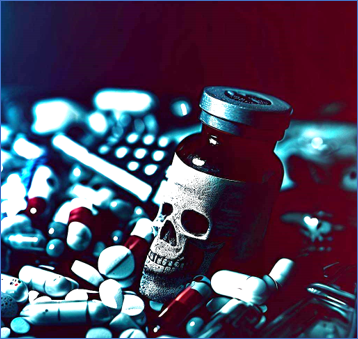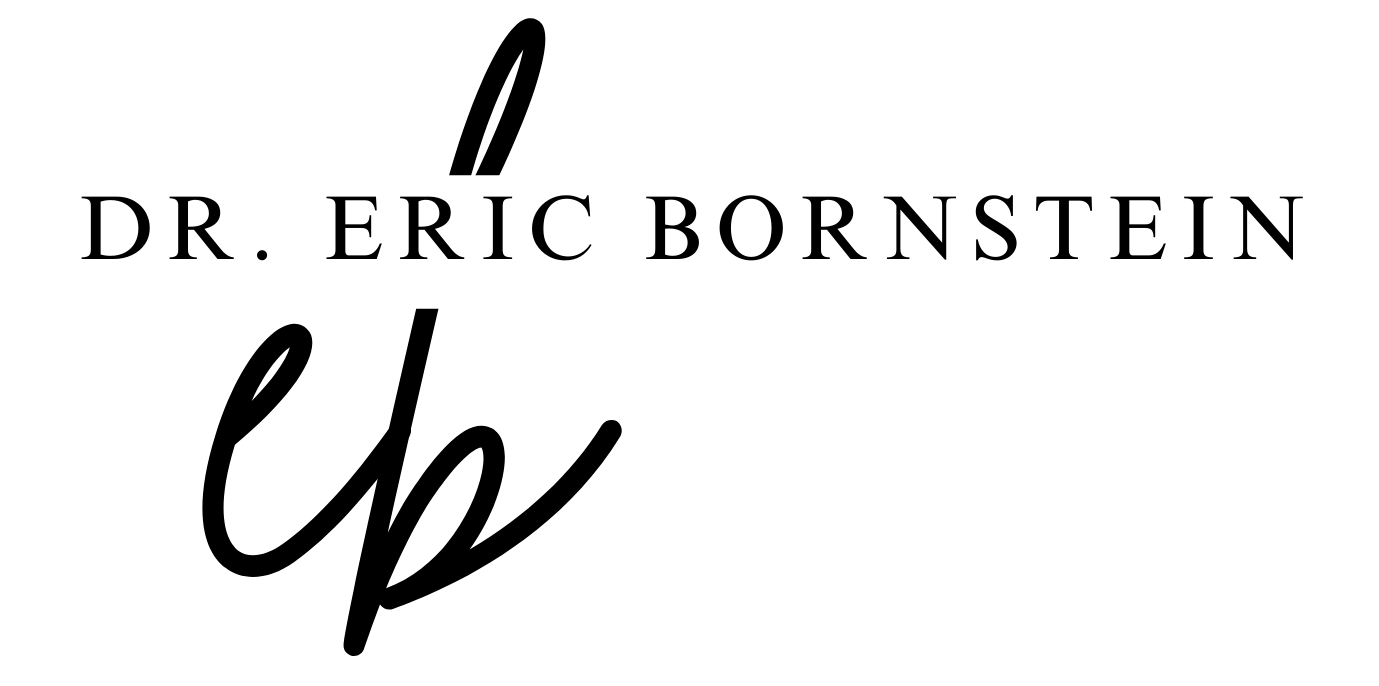Course 4 - Polysubstance Use Disorder
Looking Beyond the Opioid Crisis
Medical professionals can play a central role in the early detection and intervention of polysubstance abuse in their patients. Physicians often overlook indications of polysubstance use and miss the correlation between opioids and multi-substance abuse. In today’s world, with multi-substance addiction coinciding with the opioid crisis in America, there is a necessity for extended training in substance use and abuse recognition for dental professionals.
The convergence of the polysubstance and opioid epidemics is a significant public health concern. The United States is knee-deep in what some experts call the opioid epidemic’s “fourth wave,” which involves using multiple substances at the same time, combining fentanyl mainly with either methamphetamine or cocaine. An overwhelming majority of fentanyl-positive urine samples — nearly 93% — contained additional substances. The most concerning is the dramatic increase in the combination of meth and fentanyl use. This convergence complicates treatment efforts and increases the risk of overdose and death.

Additional training will equip healthcare professionals with the necessary tools to contribute more effectively to their patients’ overall health and well-being. This course will guide in the identification of polysubstance signs and symptoms, thereby facilitating the early detection of polysubstance abuse. Finally, it will suggest courses of action and referrals for patients who have multi-substance addiction and problems.
Educational objectives
- Discuss the role of drug addiction in health and disease
- Describe the relationship between polysubstance use and prescriptioin medications
- List the adverse drug reactions with prescription pharmacology and polysubstance use
- Improve patient care with logical choices for pain control prescriptions
- Describe the implications for all health-care professions

This course offers 4 – CE credit hours for the following professions:
NURSES, DENTAL PROFESSIONALS, PHARMACISTS, REGISTERED DIETITIANS & DTRs, PSYCHOLOGISTS, MENTAL HEALTH COUNSELORS & ADDICTION COUNSELORS, MARRIAGE & FAMILY THERAPISTS, SOCIAL WORKERS, OCCUPATIONAL THERAPISTS & OTAs, PHYSICAL THERAPISTS & PTAs, CASE MANAGERS, NURSING HOME ADMINISTRATORS (Distance Learning), MASSAGE THERAPISTS.
